Happy New Year from Valorem Reply's Research & Incubation team! The last year has posed many challenges but also provided an acceleration of digital transformation for many companies. For 2021 we look optimistically forward to the many great innovations on the horizon, with transformative, intelligent tech that will change the way we work and live! And we could not be more exhilarated about the developments we see coming in 2021.
In this post we will highlight the top 10 emerging technology trends we believe will have the biggest impact on the future of work and will be keeping an eye on during this year along with our Reply colleagues around the globe:
- Spatial Computing and the AR Cloud
- Immersive Workspaces
- Ambient Virtual Meetings
- Multiexperience
- Democratization of AI and Low-Code / No-Code Solutions
- Edge Computing and Analytics
- IoT and Robotics
- Digital Twin of the Person
- Responsible AI
- Quantum Computing
1. Spatial Computing and the AR Cloud
We have been talking and writing about Spatial Computing a lot over the last year and we will continue, as it is still very much an emerging technology that will change how we interact with computers and the world, using intelligent edge devices. Mainly driven by AI computer vision and advanced sensors, those devices can spatially sense the world around us. To put it simply, Spatial Computing is an umbrella term for Augmented, Virtual and Mixed Reality (AR/VR/MR) as well as advanced solutions that leverage depth sensors like the Azure Kinect. We are committed to Spatial Computing and believe it will be one of the key disruptive technologies that will grow further in the 2020s to dramatically change how we work and live just like Personal and Mobile Computing did before.

Figure 1: Microsoft Remote Assist In Action
As one of the first Microsoft Mixed Reality partners, Valorem Reply has been working with one of the most sophisticated Spatial Computing devices, the HoloLens, since 2015. We’ll continue leveraging the knowledge we’ve gained to help our clients climb to the top of their markets each day. The HoloLens 2 roll-out continued in 2020 with more supported markets to fulfill high demand. Due to travel restrictions, remote assistance solutions got a lot of traction. For example Dynamics 365 Remote Assist and other solutions that enhance the COVID-19 resilience which we covered in a previous post here. The HoloLens 2 also added Research Mode in 2020 and we plan to leverage it and other new features this year to help create memorable immersive experiences for our customers.
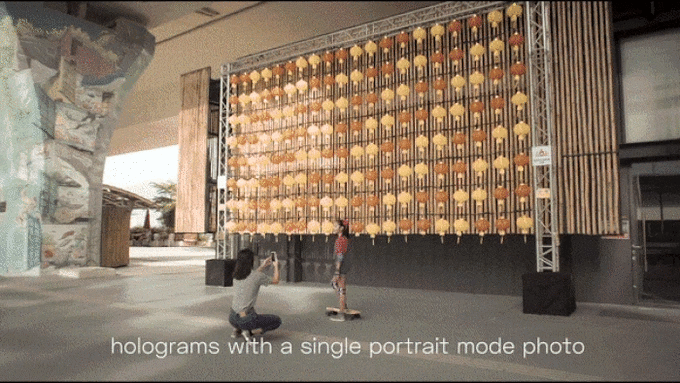
Figure 2: Looking Glass Portrait Showing a Mobile 3D Photo
While Head Mounted Devices (HMDs) like the HoloLens are expected to make significant improvements, we see new, exciting devices and updates coming out constantly, also in the VR space. Additionally, large brands are entering the market now as well. Meanwhile naked-eye holographic displays are showing promising progress too. There are different approaches being researched and developed with laser light or even acoustic traps. Also, big players like Sony are looking into volumetric light field displays. However, the holographic display best positioned for real-world use in the near future, seems to be from a small startup, the Looking Glass Portrait, who is trying to enter the consumer market with a great price and quality. In fact, Valorem Reply’s immersive experts have been working with Looking Glass displays or many years now, developing for several iterations of their display. Combined with the Azure Kinect 3D and mobile depth sensing cameras for capturing, we are researching the next generation of volumetric video streaming and visualization.
For 3D video streaming we are also exploring mobile phones, leveraging new, built-in sensors like 3D depth sensing cameras. Last year we saw a strong growth in the market for smartphones that incorporate 3D sensors like a Time-of-Flight (ToF) / LiDAR camera. These sensors further transform mobile phones into Spatial Computing devices, providing increasingly detailed information about the environment. These new quality depth sensors also helped with the boom of 3D scanning apps that started at the end of last year. Mobile 3D scanning technology can be key for solving the 3D content creation bottleneck by allowing teams to quickly capture physical objects and use a digital replica called a digital twin. We have been exploring all of these digital twin trends since years and will continue our research in that area that is expected to see a lot of growth.
In the example video below, a 3D scan I created with a smartphone is shown in AR right next to the real physical object. Additionally, it is saved at the real-world location using Azure Spatial Anchors, Microsoft’s AR Cloud implementation.
The AR Cloud, sometimes called Magicverse, Mirrorworld, Live Maps or Cloud Anchors, is essentially a Digital Twin of our world. A digital content layer that is persisted and mapped to real objects and locations in the physical world. This allows virtual content to be shared cross-platform, between devices and over time. Combined with 5G mobile networks, this technology will be key for Spatial Computing adoption, providing a machine-readable computer vision map of the physical world.
We expect to see even more gain for AR Cloud technologies this year. Many startups are working in this field along with the larger tech companies, some of which have acquired said startups in 2020 to expand their AR Cloud expertise. Azure Spatial Anchors is Microsoft’s own AR Cloud implementation and still the furthest ahead, providing cross-platform support, true persistence and global availably in-production for Android, iOS and HoloLens devices. We have been working with Azure Spatial Anchors since its early preview to develop custom solutions for our customers and have shared our learnings and best practices uncovered along the way at various conferences around the globe.

Figure 3: Overview of Current Azure MR Services
Azure Spatial Anchors is part of Microsoft’s Azure Mixed Reality Services which launched 2 additional MR services in (public) preview last year: Azure Object Anchors and Azure Remote Rendering. We covered Azure Remote Rendering in two posts last year which you can find here and here. Remote Rendering in general is a key technology for future, smaller HMD form factors allowing users to offload some of the heavy computation into the cloud, leveraging low-latency network technology like 5G. More companies have recently announced to be working on solutions in the remote rendering field and we expect to see many more offerings this year.
Azure Object Anchors is the newest Azure MR Service and it can align 3D content to real-word objects. It does that by using a 3D model of a real-world object and pattern matching it to the actual physical object. This means a user does not need to manually align or use a fiducial marker like a QR code for correct alignment. Instead, the real-world object becomes your 3D marker. Of course, this requires a 3D model of a real-world object which can be challenging to acquire or create. But thanks to the advancements in mobile 3D scanning mentioned above, this can be done rather easily and fast for many use cases by capturing a physical object as (mobile) 3D scan.
We are planning to release even more Spatial Computing and AR Cloud material this year and are already scheduled to present our findings at 2021 industry events. Keep an eye on our Valorem social pages and website for details. Already have a Spatial Computing project in mind? We would love to hear about it! Simple email us to schedule a consultation!
2. Immersive Workspaces
Immersive Workspaces are a topic very much related to Spatial Computing. Immersive Workspaces are collaborative work environments that provide real-world presence for geographically separated teams leveraging visual, audio, haptic and other sensory elements. Employing spatial computing technologies like VR and AR, most solutions are made for Head Mounted Devices. Some VR experiences aim to replace an office and workplace with a full virtual replica while other solutions for AR/MR scenarios are augmenting the current workplace with virtual items to enhance productivity.
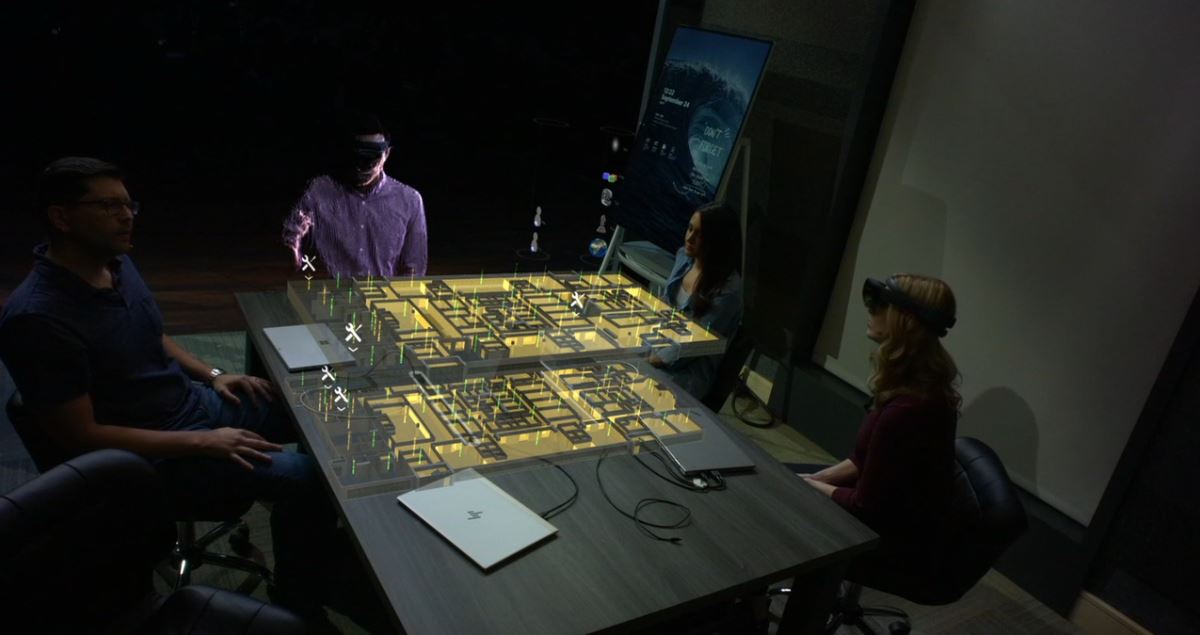
Figure 4: Immersive Collaboration with HoloBeam and 3D Content
There are lot of opportunities in this space during times of restricted travel. Use cases can be immersive virtual meetings but also remote assistance, training and general team collaborative scenarios. Valorem teams are working across each of these scenarios, so watch this space for more updates.
3. Ambient Virtual Meetings
Ambient Virtual Meetings (AVM) are real-time collaboration tools that support interactions between team members to approximate a real-world office experience more closely. Market research company Gartner is expecting quite an uptake for such AVM solutions also due to COVID-19.
AVM implementations can be in a form of always-on meeting rooms where team members can jump in and out, or via instant video connectivity to colleagues based on their presence state. This is similar to an always-on webcam but with certain constraints to avoid privacy issues.
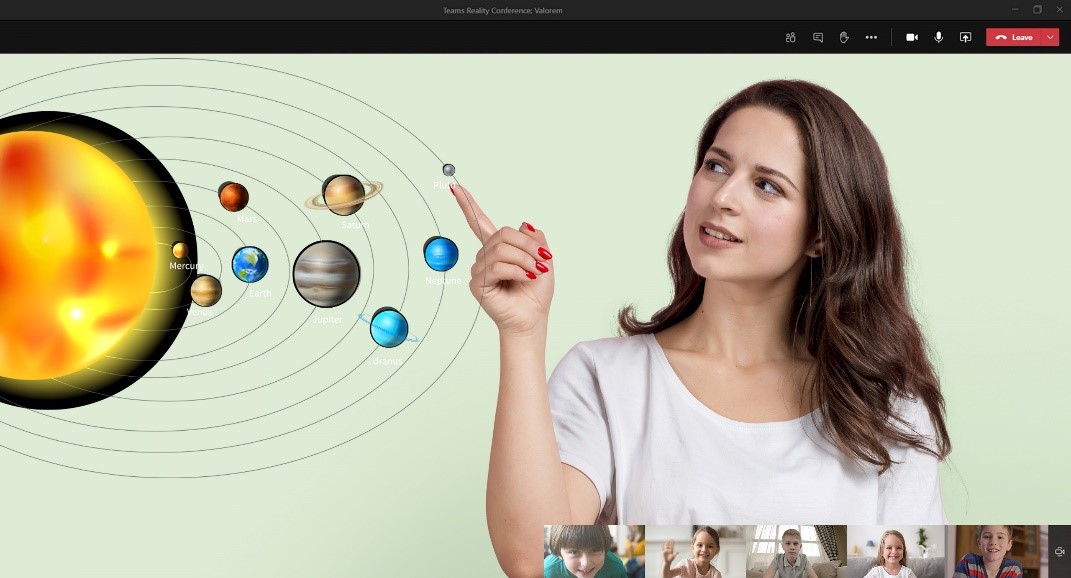
Figure 5: Interactive 3D Visualization in an Immersive Ambient Classroom Meeting
Also, virtual meetings can feel more connected by visualizing all video participants together, like in a virtual auditorium, instead of a grid with small video boxes. For example, Microsoft Teams introduced this concept with the Together Mode meeting feature and is seeing some good results. Ambient meetings can also be taken a step further with more immersive ambient virtual meeting solutions, leveraging AI computer vision for a more natural user interface presentation style within Augmented Reality. Valorem experts created such a solution and shared the story in this blog post.
4. Multiexperience
Multiexperience solutions use a combination of various interaction modalities (touch, no-touch, voice, vision, gesture) supporting a seamless and consistent digital user experience. This is part of a long-term shift from computers as individual devices to multiple devices, sensors adapting to different environments we experience and people-centric smart spaces.
For example, imagine a scenario where you plan a route on your computer using input like keyboard, mouse and touch. Then you get into your car and it already has the route loaded for your navigation where you can interact with voice input. Taken a step further with autonomous vehicles, your car can start to autonomously drive you to the destination fully seamlessly.
All of this requires a unified user experience approach with user-centered thinking and a strong cloud backend to provide frontends with the unified data. Great multiexperience solutions are seamless and the user will not notice any friction switching between.
Spatial Computing with MR/AR/VR, wearables, smart speakers, etc. is very relevant for multiexperience scenarios. At Valorem Reply, we will be focusing on combining the right mix of these solutions for our customers to create outstanding user experiences.
5. Democratization of AI and Low-Code / No-Code Solutions
The year 2020 has seen a rise of application platforms where anyone, regardless of developer skill level, can build solutions with low or even no-code at all. This year, we expect the increasing demand for software and lack of skilled workforce to develop the software will continue. This will drive another trend off democratizing software development, including AI.
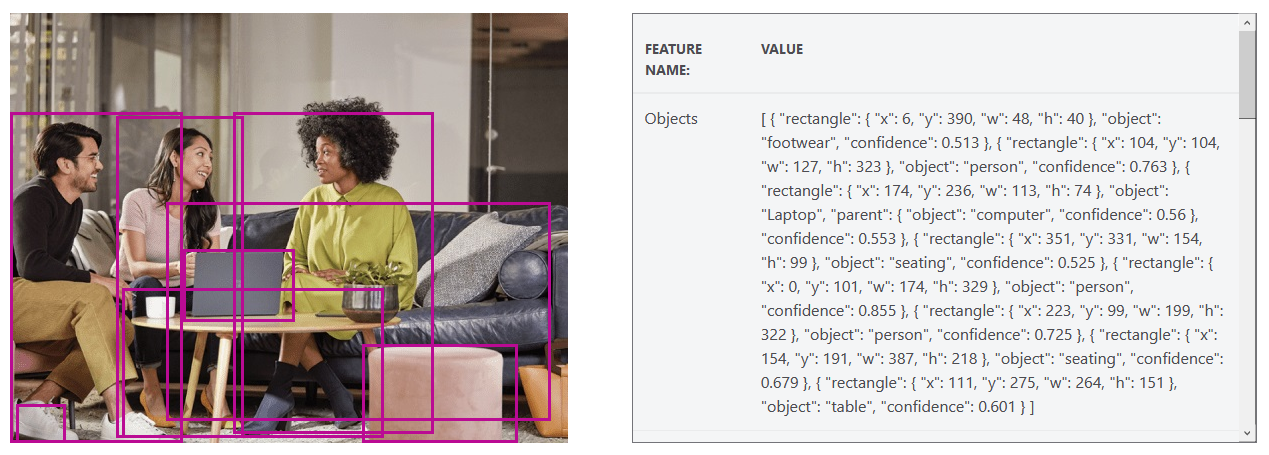
Figure 6: Cognitive Services’ Vision Module In Action
Like many tech companies, Microsoft is also investing heavily into the field of citizen developers and citizen data scientists, and has compelling offerings within its Business Application Platform:
- Power Apps allows users to easily create custom apps and the Power Platform even allows the creation of AI-fueled chatbot virtual agents and automation tools. All without writing any code.
- For developers that can write code but are not familiar with AI, Cognitive Services can help to add intelligence to custom solutions using pre-trained AI models customized to specific needs. These models run in the Azure cloud and can be accessed via simple REST API calls or specialized SDKs. Many of the Cognitive Services are also available on the edge and can run workloads on-site.
- Azure Logic Apps might be another powerful low-code tool that sees growth in 2021. Last year I created a helpful Logic App that fetches timetables and delays from the proprietary railway service API and sends me an email if a train we use often is above a certain delay threshold.
- Power BI is another very powerful tool providing data-driven insights. Valorem Reply’s Data & AI Team has deep Power BI expertise and regularly provide free training opportunities like Analytics in a Day Workshops, Dashboard in a Day Workshops, and more. You can find and sign-up for one of our free events here or even request a private workshop for just your team here.
6. Edge Computing and Analytics
In 2021 we will see the Intelligent Edge and Intelligent Cloud trend continuing. Many AI models that require cloud computing power, are moving to Intelligent Edge deployments for shorter latency. Especially when it comes to computer vision models that take large data streams like images or videos as input. Typically, these models are pre-trained in the cloud and are then deployed to an edge device. This approach is using the best of both worlds where the power and scalability of the cloud is used during training and the short latency of the edge is used for real-time model inference / evaluation.
As mentioned above, many of Microsoft’s Cognitive Services are also available on the edge and can run workloads on the edge cloud or on-premise. IoT Edge is another exciting offering from Microsoft, supporting a wide range of edge services and various AI workloads. One particularly interesting new offering is Live Video Analytics on IoT Edge. With this platform, users can run real-time AI video analytics on the edge and can also plug-in to existing video management systems (VMS) like CCTV and similar. Also, analytics can be processed on-the-edge or in combination with cloud services to adapt to the enterprise needs and incorporate cloud business logic. This has many use cases, including COVID-19 resilience which we covered here.

Figure 7: Architecture of Live Video Analytics on IoT Edge
The integration of AI/ML within business applications and services is touted as the future of app development. This trend is already making significant impact across industries. These IApps (Intelligent Apps) leverage the power of AI, big data, analytics, and cognitive computing to make smart decisions in real-time and create highly personalized customer experiences. AI-fueled apps are already becoming a regular part of Valorem’s customer projects. And there’s little question that the most reliable and useful apps of the future will be IApps that empower users at the intelligent edge level.
In the business world, it is not always about starting with the latest and greatest Deep Learning computer vision model when it comes to AI. Our projects incorporating classic Machine Learning are already providing high ROI for enterprise customers every day. Are you ready for AI and ML? Valorem Reply’s Data & AI team can help you reach your data goals no matter where you are on the journey to modern analytics and AI.
7. IoT and Robotics
Edge computing is very relevant for the Internet of Things (IoT). Combined with digital representations of physical assets (Digital Twins fueled by edge devices), IoT promises high value and cost savings for organizations. It is no surprise that market research companies include Digital Twins in their strategic technologies for 2021 and beyond. Also Microsoft is deeply investing in Digital Twins and IoT services as part of their ongoing $5bn investments in IoT.
Robotics is also an IoT and edge topic since robots are basically IoT edge devices on the move. The Reply Network is on the leading edge of the robotics community of practice as part of a select group of globally managed Microsoft partners. We are also one of the few selected companies to be part of Boston Dynamics Early Adopter Program for their SPOT robot system. We are already working on a variety of exciting projects with other clients and are at the forefront of various autonomous mobile robots.
Together with our global Reply network, we are exploring how SPOT and other robots can use a common computer vision map for multiexperience solutions, combined with Spatial Computing devices, and AI computer vision for increased autonomy. If you’re ready to accelerate innovation within your own organization, ask about our custom solutions.
8. Digital Twin of the Person
A digital twin can not only represent a non-living entity like a machine or a building but can also represent an organic entity like a human. This is often visualized as an avatar of a person, especially in gaming scenarios, but also in VR collaboration tools and similar. However, a Digital Twin of the Person is much more as a near real-time proxy for the state or characterization of the human physical twin. Leveraging various data sources, this tech can provide better insights and monitoring of declining health conditions, bad social behaviors, or even employee safety in dangerous working conditions.
Due to the COVID-19 pandemic there is an increased interest in Digital Twins of a Person as they can support effective data-driven decision making and create new ways to serve citizens and patients. For example, as vaccinations become available, some countries will provide an immunization certificate and vaccine passports. Some airlines have already announced they will only fly passengers with such a certificate. This can also be part of a Digital Twin of the Person in the form of an app that relies on a secure backend to prove the authenticity. The Vaccination Credential Initiative (VCI), a broad coalition of health and technology companies including Microsoft, announced they are working on a secure solution to enable digital access to vaccination records using the open, interoperable SMART Health Cards specification. A digital vaccination credential can become part of a global digital identity, like a digital passport. However, seeing the heterogeneous landscape of contact tracing apps, we expect something similar for the immunization certificates with a variety of custom apps providing Digital Twin of the Person functionality, customized for organizationally specific needs, and include SMART Health Card wallet data.
In addition to healthcare use cases, retail and many other industries can benefit from such real-time understanding of their customers and employees, to provide more tailored and hyper-personalized experiences that can increase the ROI for all parties.
The Digital Twin of the Person trend will raise interesting privacy, security, and social questions. In particular, when being used for social monitoring. Therefore, security along with ethical and responsible usage will be very important and need to be ensured.
9. Responsible AI
AI has made some tremendous progress and we now have massive AI (language) models with billions of parameters, like Microsoft’s Turing or GPT-3 which can perform incredible tasks like producing human-like text, images and more. Of course, AI also has implications for abuse and can lead to negative consequences like Deep Fakes and fake Neural Voice Synthesis. As usual there are two sides of the coin and Deep Fake technology with facial reenactment can be fun and quite useful for generating custom talking head videos just from simple text input. You can see in the video example below where I just provided the text and background, then selected a speaker persona, language and got this nice result:
There’s also great research to counteract and detect Deep Fakes and alike, for example with FaceForensics++ and other projects by Microsoft. Many large tech companies and faculties are making Responsible and Ethical AI usage a top priority and are establishing AI principles and working groups. Beside the ethical AI principles, the AI community is also working on frameworks and tools like Fairlearn, that are helping to make typical black box AI models more transparent to mitigate for Bias early. Just like our partner Microsoft, Valorem Reply is committed to responsible development and leveraging new frameworks and tools that become available to ensure it.
10. Quantum Computing
Quantum computing will be the most disruptive technology in computing in the next decades. Although true Quantum supremacy still has a long way to go, we will see more Quantum as a Service (QaaS) cloud offerings like Azure Quantum arising. These services are already providing better results for certain computational tasks, like optimization using Quantum-Inspired Computing (QIC) on classic hardware.
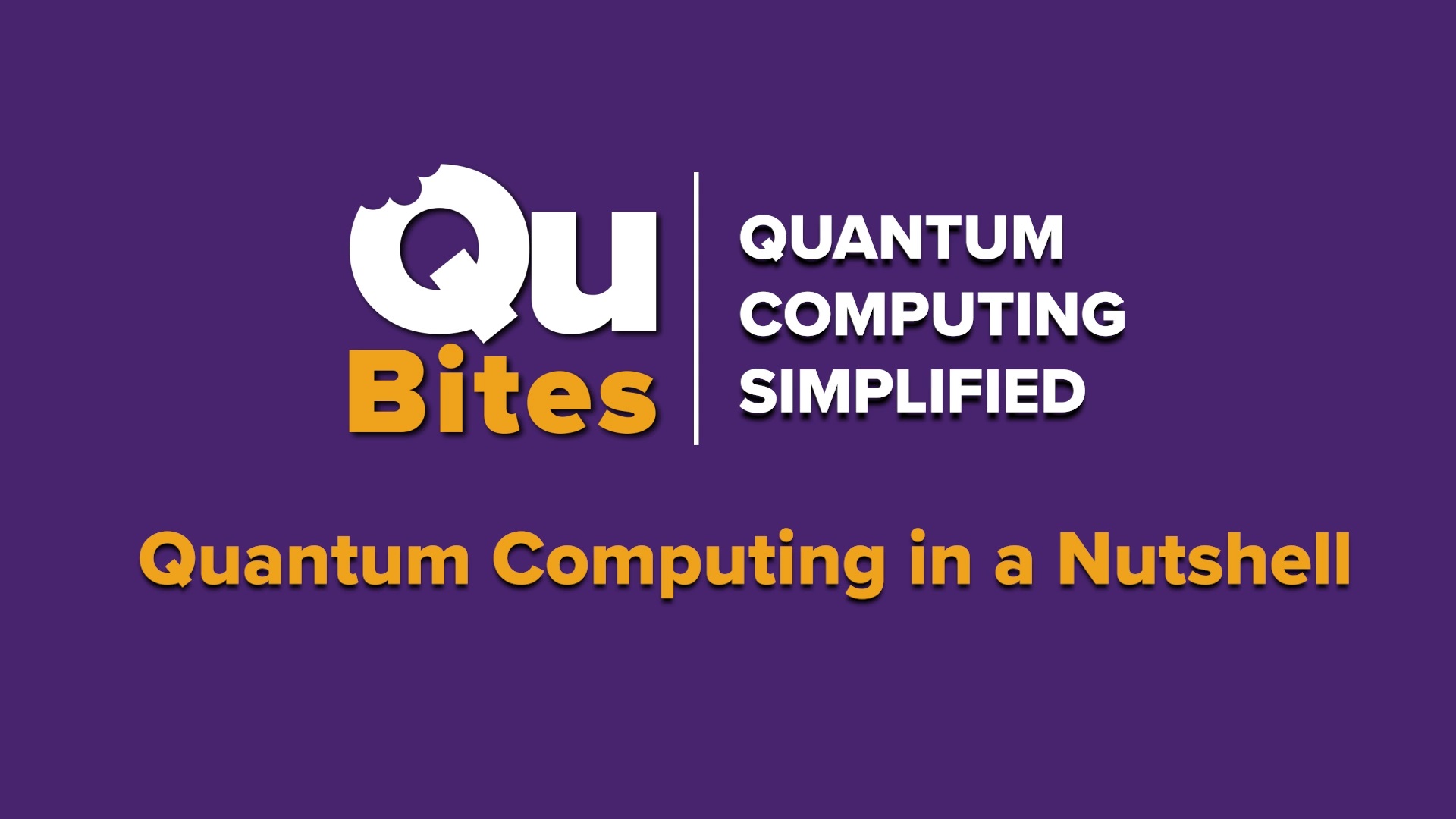
Figure 8: Valorem Reply's QuBites Quantum Computing Vlog Series
Valorem Reply and the Reply network has already begun leveraging Quantum Computing for client projects resulting in significant cost savings and ROI. Additionally, we strive to support the QC community by sharing knowledge around this very complex and new topic. For this we started a video series called QuBites where we break down Quantum Computing concepts and use cases to help business leaders learn more about the next wave of technology disruption in quick and easy to consume segments. In each episode, we invite experts to discuss varying Quantum Computing topics and how leaders are integrating this emerging tech to drive real business outcomes today. We just wrapped up season 1 with 10 episodes and are planning season 2 so now would be a great time to suggest topics and guests of interest. Just leave us a comment on our social media channels or send to our Marketing Team directly, and we will be sure to add your requests to the agenda! And of course, if you want to start or speed up your Quantum Computing journey, please reach out to us as well. We are one of the few companies that have true quantum physics and computing expertise in-house and access to early adopter programs for various Quantum Computing services.
Based on market research and industry knowledge, we think these emerging tech trends will make big waves in the new year. However, no matter what the future brings, I think we can all agree that it looks like another exciting year for our industry and Valorem Reply. We cannot wait to hear about your goals and how we can assist you in reaching them and driving the future of business!
Ready to kick start your 2021 digital initiatives? Valorem Reply can help you reach them quickly and efficiently. Reach out to us as at marketing@valorem.com to schedule time with one of our industry experts.
